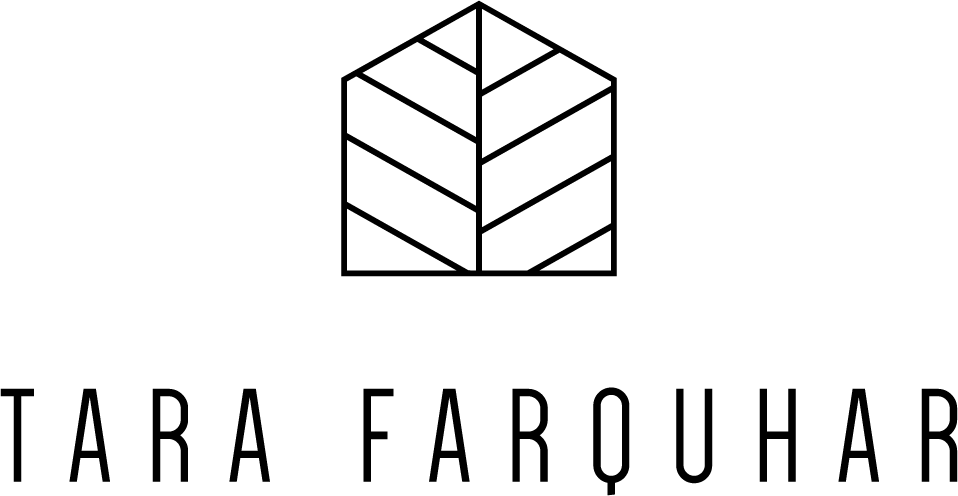By Jenny Mandt, Owner, Garden Coaching Solutions
Here’s my list of 6 different activities you as a gardener or would-be gardener can do to get you through winter and start thinking about spring. There are places to visit and things you can do. Hope you can
at least try one of these!
#1 - Winter pruning can be done now in Seattle on deciduous trees and shrubs (trees that lose their leaves in fall). Shrubs like Butterfly bush, Mock orange and Japanese maples or fruit tees are dormant right now. This means that their growth has slowed or stopped. It can be a bit easier to see the tree or shrub’s structure and do some pruning to make them more visually pleasing to the eye and/or clean out some dead wood. Don’t forget to use sharp tools and clean up with hot water and soap when you are done. A great website I recommend to my clients, with lots of information on tree and shrub pruning in very simple and practical terms, is plantamnesty.org. This non-profit organization’s motto is “working to end the senseless torture and mutilation of trees and shrubs”. If you go to their website they have printable flyers on how to prune lots of different trees and shrubs that we see in the Puget Sound area.
#2 - Buy a few winter blooming plants. Now is a great time to see what they look or smell like when they bloom. Plants like hellebore, camellias, witch hazel, vanilla plant and winter Daphne are good examples of perennials and shrubs. Bulbs like crocus or daffodils, winter pansies and primroses offer great color during these soggy grey days. Just being outside around colorful plants can be rejuvenating and make you look forward to spring.
#3 - Speaking of walking outside, take a walk through the Washington Park Arboretum. Lift your mood and check out all the blooming plants in their mature, natural state. They profess to have the best winter garden in the West. They are open dawn until dusk free of charge and located at 2300 Arboretum Drive East, in the Madison Park area of Seattle. It is 230 acres of an amazing assortment of plants, some never found elsewhere in the Northwest. There is a Visitors Center and a Japanese Garden and Botanical Garden as well.
#4 - An important thing to do to protect fruit trees and roses from overwintering pests and fungi can be spraying dormant oil in late winter or early spring. Dormant oil is usually a petroleum-based product. My preference is to use plant-based oil like soybean oil and keep it organic. Either oil creates a physical barrier by clogging the breathing pores of adult or larva abdomen on insects, like mites or scale. If used on eggs, it limits the amount of oxygen that can be taken in and decreases hatching. Spraying has been shown to have success in reducing powdery mildew on apple, lilac, and roses. If you purchase this, make sure you read the directions thoroughly before applying it.*
#5 - Visit the Conservatory at Volunteer Park. This time of year, it’s bursting with beautiful tropical plants and is indoors! On a cold, rainy day it’s nice and warm inside and there is a bromeliad, palm, cacti/succulent and seasonal plant house to wander through. They are open year-round Tuesday through Sunday 10am-4pm and only $4 for adults and free for children. It was named the fifth best winter activity in Curbed Seattle’s Best Places to Visit This Winter”.
#6 - Get your garden plan going for 2018! What did you like about your garden in 2017? What would you change? Check out some seed and plant catalogs and ask at local nurseries what's new that might give you inspiration.
You can call or email Jenny, and she can help you envision some new ideas to create your dream garden! Happy Winter!
Find Jenny at:
gardencoachingsolutions@gmail.com or (206) 915-0585
* “Myth, miracle or marketing” Horticultural oils, WSU Puyallup Research and Extension Center, Lynda Chalker-Scott



